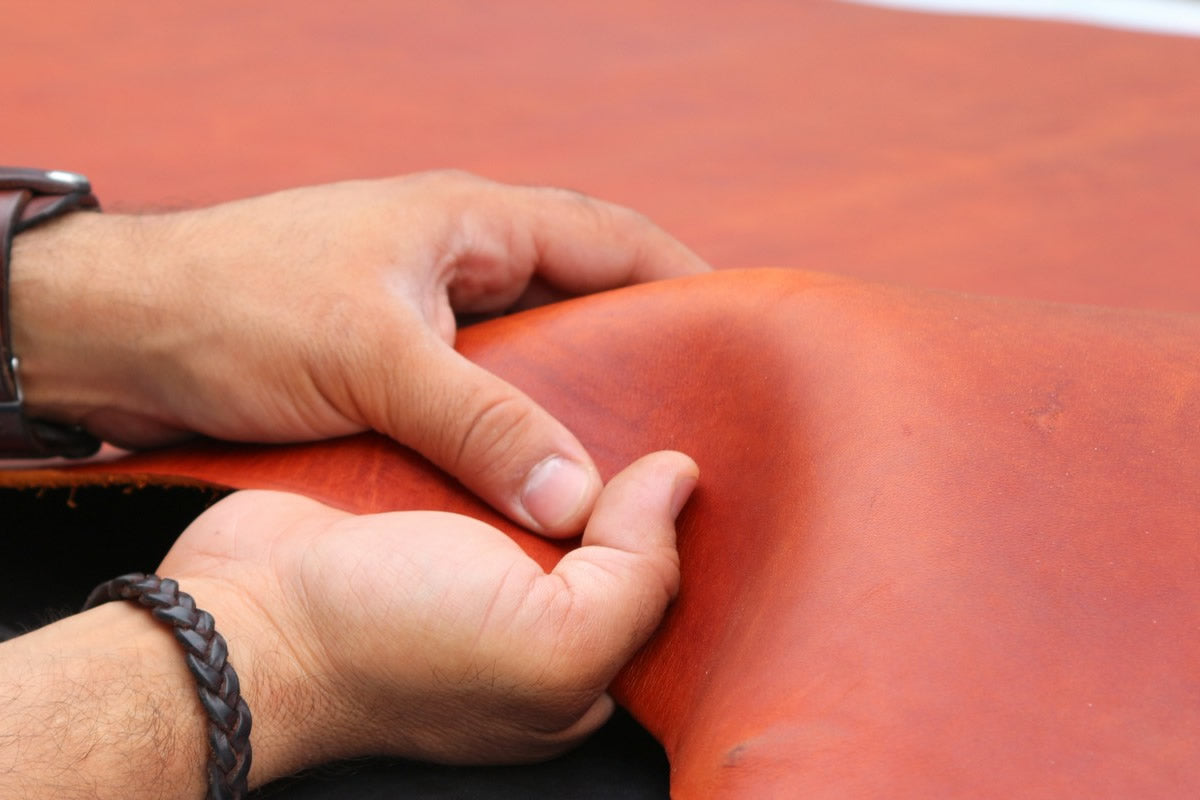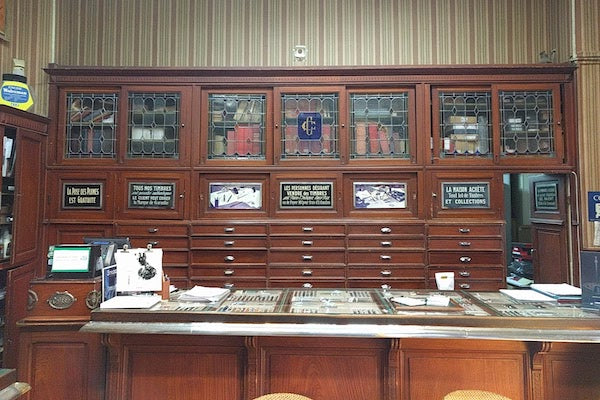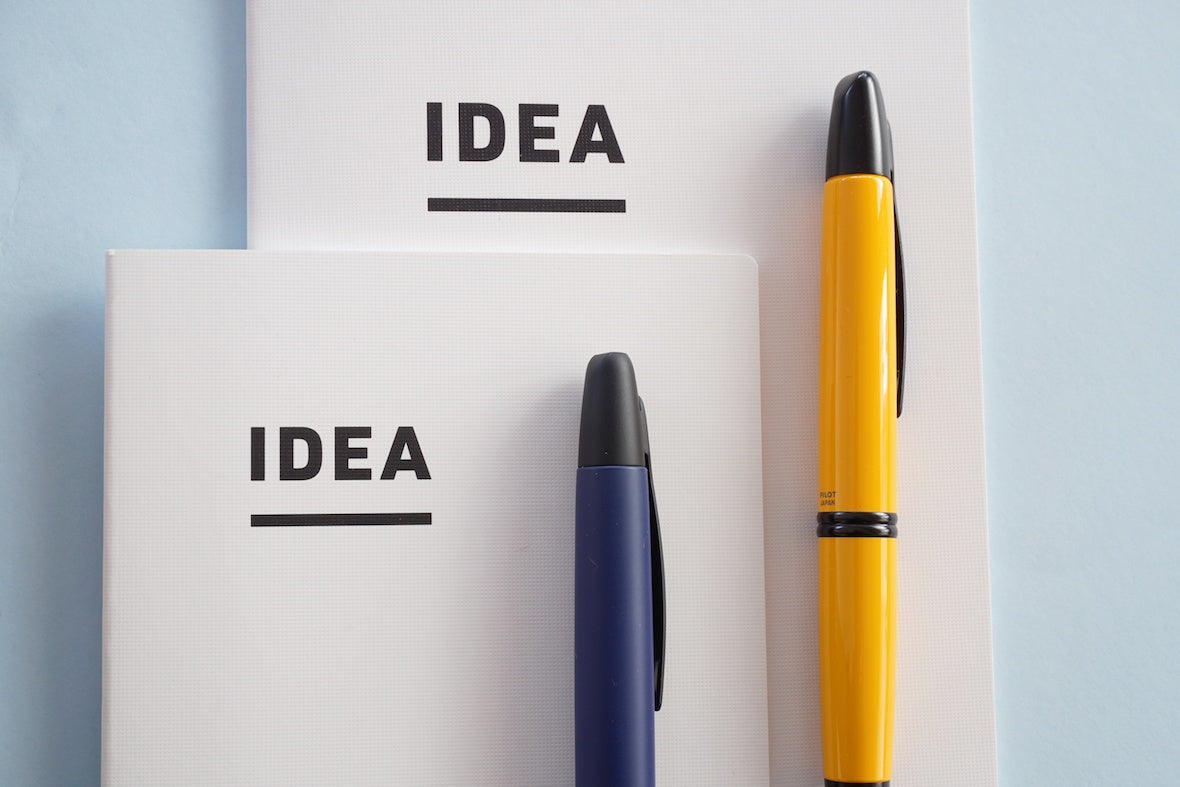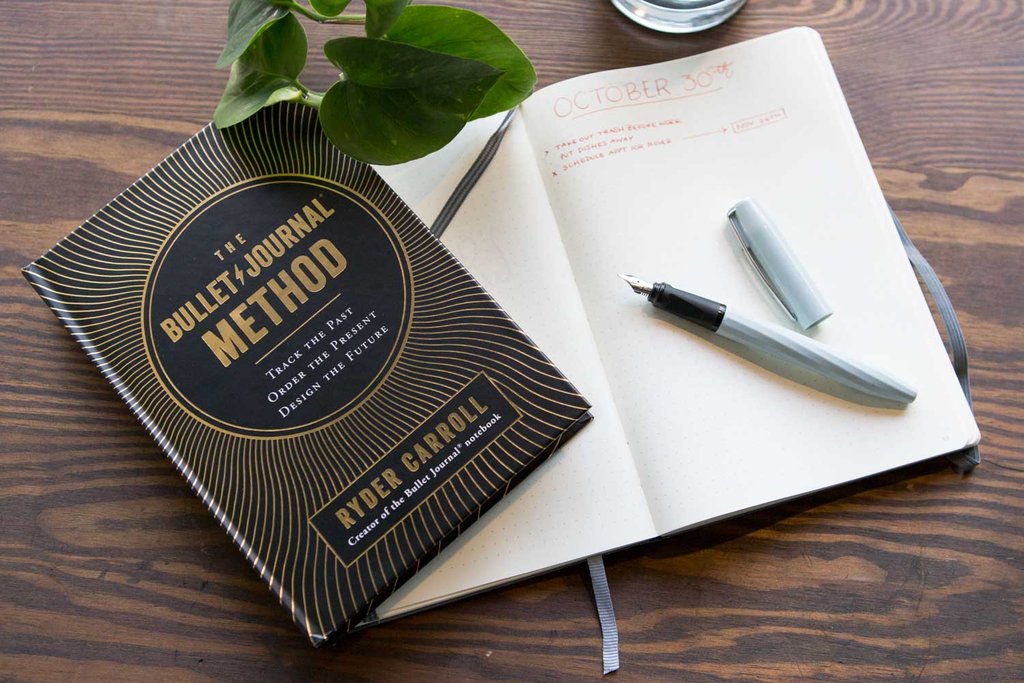Discovering How Leather is Graded in 4 Easy Steps

How Leather is Graded
Leather is categorized into five different grades of leather: top-grain, full-grain, split-grain, genuine, and bonded. This is a generalization as there are many grades of leather material as there are leather tanneries.
Each grade represents different attributes of the leather and can contribute to durability, wear-resistance, and how the leather feels next to your skin.
When you buy a real leather item—a handbag, coat, wallet, or other leather goods — you will generally find a stamp on the underside of the skin that categorizes it as top-grain, full-grain, split-grain, or genuine leather.
Depending on the leather item in question and how you’ll use it, you may want to consider a specific quality to ensure that the item lives up to your expectations.
Understanding the Leather Quality Chart

The 5 Types of Leather and How They're Graded
If you plan on buying leather goods, you’ll want to be armed with as much knowledge as possible to ensure you get the best value for your money.
As we mentioned, there are five common grades of leather:
- Full-grain leather
- Top-grain leather
- Split-grain leather
- Genuine leather*
- Bonded leather*
*These are not technically leather grades. Instead, they’re terms in the leather industry that have come to be widely used among today’s consumers. You may also run into a material called “corrected grain leather,” which is leather that has had the grain smoothed with abrasives.
We think it’s critically important to keep you informed of all the types of leather you may come in contact with, so you can make the best choice.
So, let’s begin with the basics: How is leather graded?
1. Splitting the Hide
In the first step towards becoming a beautiful piece of leather, a section of cowhide (also called rawhide) that ranges from 6mm to 10mm in thickness is run through a splitter and is split depending on what the final product will be used for.
For example, upholstery leather will be split to a thickness of 1.2mm while leather for belts may be 3.2 to 4mm in thickness.
The hide is split into two parts, the top, which is the most valuable, and the bottom, which may be even further split to make the various grades.

2. The Top of the Hide — Full and Top Grain Leathers
Both full- and top-grain leathers are made from the best quality part of the hide.
Full-grain leather is less processed and leaves the entire — or full — grain of the hide intact, including natural scarring and blemishes. Full grain leather absorbs moisture and oil and, over time, will develop a wonderful leather patina that looks better the longer the item ages.
Top-grain leather, on the other hand, is buffed, sanded, and pigmented to provide a more uniform and smoother look to the end product. Water and oils do not absorb into top-grain leather and can be wiped away since the leather’s natural pores have been sealed during the coloring process.
3. The Bottom of the Hide — Split and Genuine Leathers
Split-grain leather actually doesn’t contain any of the hide’s natural markings or grain. The most common split-grain leather is suede, which is used to make shoes, handbags, jackets, and other goods where a soft and pliable product is preferred.
What Does Genuine Leather Mean?
Although technically leather, it isn’t as durable or beautiful as high-quality leather, and it is considered by experts in the industry to be a very low-quality product.
Genuine leather is leather made from the very bottom of the cut. It is heavily processed and contains none of the original hide’s natural grain.
4. Bonded Leather
Bonded leather isn’t technically leather at all. Instead, it is an amalgam of leather dust, vinyl, leather scraps, plastic and glue that have been bonded together through a complex process. Like genuine leather, it’s a relatively cheap product that doesn’t stand the test of time.
Bonded leather is commonly used to create cheap upholstered items and low-quality handbags, clothing, and other inexpensive leather goods.
In fact, waxed canvas and vegan leathers are more durable and of higher quality than most genuine and bonded leather products.
Using What You’ve Learned When Buying Leather Goods
The next time you decide to purchase leather goods, look for a stamp on the underside or raw area of the leather to ensure you’re getting the highest quality leather product for your money. If you're wondering if a particular product is really leather, give it the “fire test.” Wave a lighter quickly on the broad side of the product.
If it’s fake, it will shrivel and burn. Real leather is very fire-resistant.
Good leather can last a lifetime, so purchasing a full-grain leather product is worth the extra money it may cost up front.
A full-grain leather product, adequately cared for, can provide years and years of usefulness to its owner and will grow more beautiful as it develops the warm patina for which high-quality full-grain leathers are known.
FAQs about Leather Quality
- +Is thin leather bad?
- If the leather is full grain, then there's no need for concern. Full grain leather comes from the topmost layer of the hide, where the fibers are tightly packed, making it extremely durable. Even when cut thin, full grain leather can withstand the wear and tear that typical leather goods endure over their lifetime. In some cases, like with zip folios and pen cases, we thin full grain leather to stitch zippers and reduce weight, while still maintaining strength.
Many people associate thin leather with low quality due to bad experiences with mass-produced leather goods. But that’s only true for certain types of leather. For instance, a thin product made from genuine or bonded leather is a poor choice because these types of leather have low fiber density, which compromises durability. - +What is the best type of leather?
- The highest quality leather is full-grain leather, which comes from the top layer of the hide and includes the entire natural grain. It’s the most durable, breathable, and beautiful type of leather, known for developing a rich patina over time. Right below full-grain is top-grain leather, which is slightly sanded and treated for a more uniform appearance but still offers strength and flexibility.
- +What is the lowest grade of leather?
- The lowest grade of leather is bonded leather, which is made from leftover leather scraps, plastic, and glue pressed together into sheets. It contains little to no actual hide and lacks the strength, durability, and aging qualities of higher-grade leathers. Bonded leather often cracks or peels over time and is commonly used in inexpensive furniture or mass-produced goods.
12 Responses
Liliana
Very interesting article…you don’t mention CROSSGRAIN LEATHER. I would like to know if it is good leather. Thank you
Sandra Traversy
It should be illegal to use bonded leather for furniture… After three years the bonding agent is falling apart and so does your sofa. Your money is better spent on a decent fabric couch than a bonded leather couch.
Lynnie
I was so thankful for this article. In the past if a furniture sales person said, This couch is genuine leather…”, I would have considered it as “high quality” furniture. I need living room furniture. I have to pull from my small savings to buy it, as I’m elderly & live on social security. What I buy now has to last the rest of my life. Now I know how to pick out high-quality leather that will last. Thank you!
Deborah
Are grades of leather numbered?
Adele
This is the most understandable and honest explanation about understanding leather. I am in the market for two leather sofas and I have been doing my homework to understand what I am purchasing. I found myself confused, but this is not bad because confusion is halfway to learning. Your article cleared the confusion and pulled all the other things I learned to a place of understanding. Thank you Thank you.
Solo Katia
I really applaud your well presented article. It is rich and precise. ‘Is there synthetic leather really?’ was my question, am now good to go!
Michaela Ufkes
Thank you for this very useful information
Its helpful to know the true quality of products. ❤
Niklas
My friend bought a leather doctors bag and it has these numbers. 25216 A5. What do they mean?
Niklas
My friend bought a leather doctors bag and it has these numbers. 25216 A5. What do they mean?
Richard Pace
Practically all leather furniture makes my skin sting and it is impossible to find a chair or sofa. No one seems to have any idea what causes this. Do you have any thoughts or suggestions for me to try? I will appreciate any info at all.
Thank you.
Richard
Michael
While good to know, the “fire test” might get us in trouble in stores. 😜
Steph
Thank you so much for this article! I have always assumed, dass genuine leather means “real” leather😂 now I’ve learned that is NOT the case!
Leave a comment
Comments will be approved before showing up.
Also in Blog

Paris Fountain Pen and Fine Stationery Stores

A Review of the Jibun Techo Japanese Planner System
The Jibun Techo is divided into three booklets: LIFE, DIARY and IDEA. From the start it feels really satisfying to have them stacked all together. It suggests that it is a very substantial system before you even begin exploring it. For an in depth review of a new user's experience using the Jibun Techo planner, then read on.




Galen Leather
Author